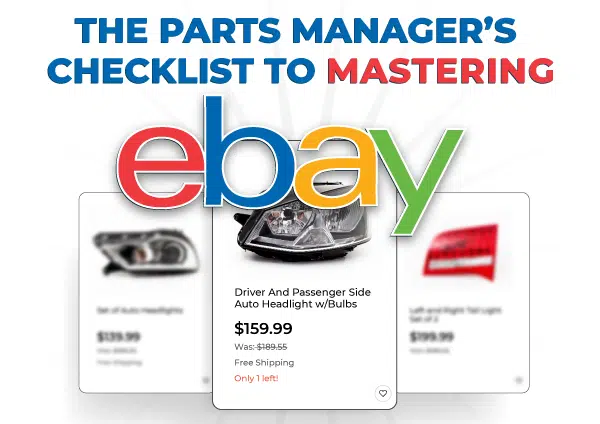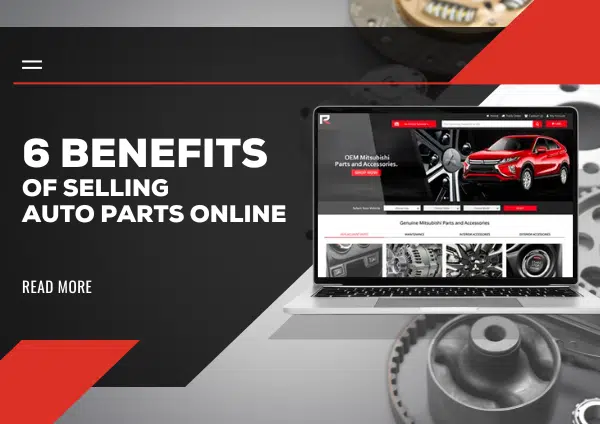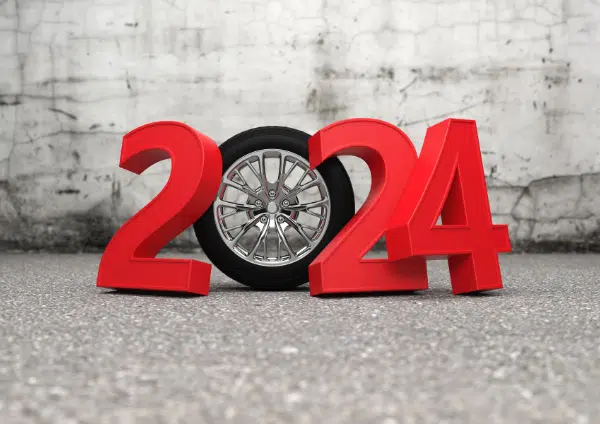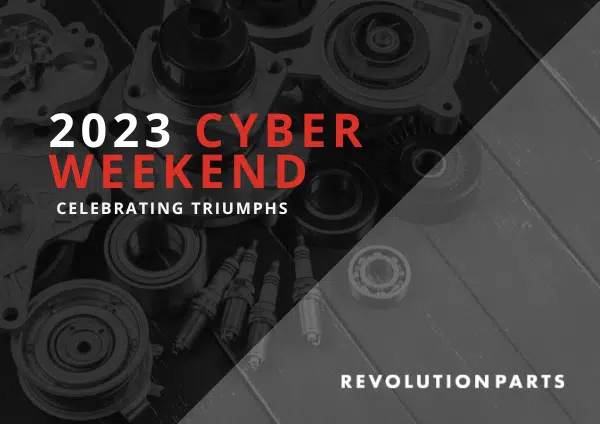Parts obsolescence is a growing problem for parts departments. A surplus of obsolete parts can make it difficult to generate revenue in the parts department. High parts obsolescence can be caused by many things, like inventory errors or just low sales volume, but the number one contributing cause of parts obsolescence is a high percentage of unsold special order parts.
Why are unsold special order parts the bulk of obsolete parts? Special order parts are an essential category of parts sales. However, oftentimes special order parts don’t make it to the customer and instead end up on the shelves. These fall under Forced Stock parts and can make up to 30% or more of the obsolete parts in the department. This can have a serious impact on your department’s absorption rate and create many overhead issues.
The Top Challenges According to Parts Managers
Why is that?
Parts managers report that customers, both wholesale and individual, often leave a part order at the parts counter for one of two reasons.
- They have found the same part at a competing retailer for a better price.
- The part they ordered is no longer needed.
Prevent Parts Obsolescence
Understand Your Inventory
Do a deep dive into your inventory to find out what obsolete parts you have. What parts make up the bulk of your inventory? What parts make up the least percentage of your inventory? What special order parts do you notice go abandoned versus the parts that don’t? Find ways to improve your inventory management; oftentimes parts obsolescence can be the result of an inventory error. Streamlining your inventory processes can help reduce the risk of those errors popping up.
Focus on Demand
Revise Your Return Policy
Improve Your Quoting Process
How to Profit from Obsolete Parts
Use Parts eCommerce Tools
Sell obsolete parts through designated online spaces. Whether that’s through a third-party marketplace like eBay Motors or through a separate online store just for your parts department, you can turn obsolete parts into money-makers easily. Using both a dedicated parts store and a third-party marketplace can help you reach a wider customer base, offer better prices to match or beat the competition, and close on more obsolete parts sales.





